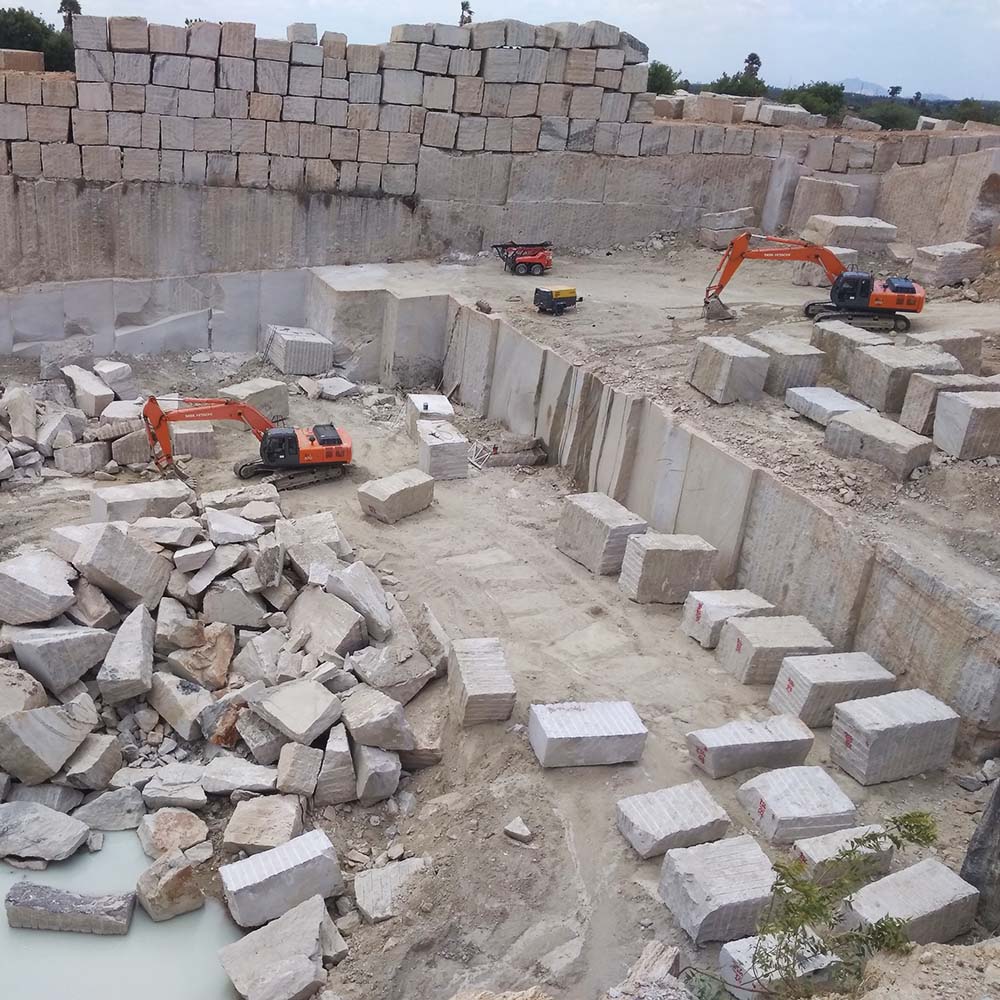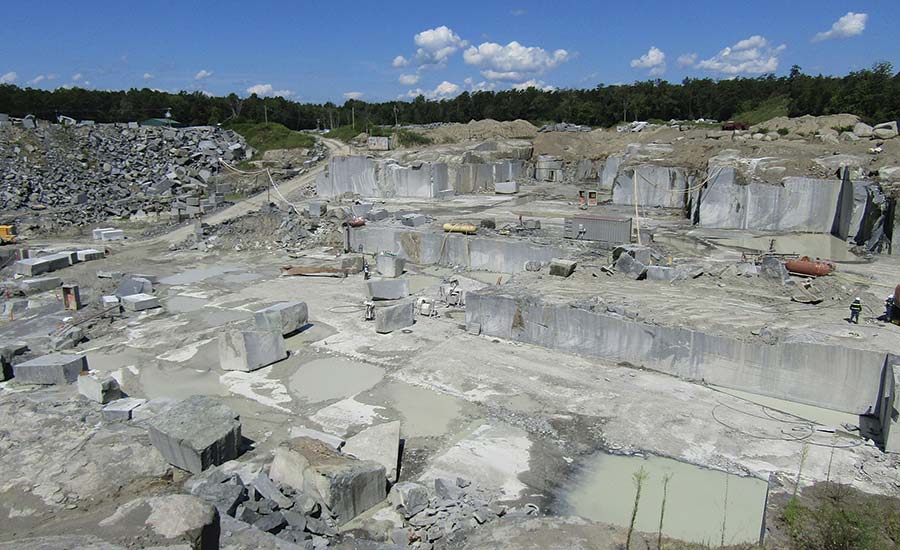Discovering the Rich History and Sustainable Practices of Granite Quarrying
As we base on the precipice of uncovering the intricate tapestry of granite quarrying, a trip through time exposes not simply the physical act of drawing out rock however also the social and historical relevance woven into the extremely material of this technique. From the old origins that laid the structure for modern-day quarrying methods to the lasting practices that are shaping the future of this sector, each chisel mark on granite surface areas narrates waiting to be discovered (granite quarries in south africa). The tradition of granite quarrying stretches far beyond plain removal; it is a testament to human ingenuity, strength, and the enduring allure of this impressive stone
Ancient Origins of Granite Quarrying
Going back to old civilizations, the method of quarrying granite has actually been an integral part of human history and building innovation. The earliest evidence of granite quarrying go back to ancient Egypt, where massive pyramids and detailed sculptures were crafted from this durable rock. The Egyptians utilized primitive devices to draw out granite blocks from quarries, showcasing the value of this product in their huge constructions.
Moving on in background, the Greeks also made considerable contributions to the quarrying of granite. The Greeks used granite in numerous architectural wonders, such as holy places and statuaries, showing their ability in shaping and sculpting this sturdy rock. The Romans additionally improved the strategies of quarrying granite, employing advanced devices like knives and hammers to remove and form granite for their famous frameworks.
Via the centuries, the method of quarrying granite has developed, with modern technologies enhancing efficiency while keeping the classic charm of this natural stone - granite quarries in south africa. From ancient civilizations to contemporary contractors, the legacy of granite quarrying remains to form our globe
Development of Quarrying Techniques
The development of quarrying methods has been noted by a continual progression in the direction of greater efficiency and accuracy in drawing out granite. Early quarrying techniques included hand-operated labor with standard tools such as knives, hammers, and wedges to extract granite blocks from the planet.
In more recent times, the introduction of equipment revolutionized the quarrying market, making it possible for faster extraction rates and raised productivity. Technologies such as ruby cord saws, high-pressure water jets, and pneumatic drills have come to be common in modern quarries, enabling for specific cutting and reduced waste. Additionally, improvements in computer-controlled equipment and 3D modeling have enhanced quarrying procedures, leading to minimal environmental impact and boosted sustainability practices. As the demand for granite proceeds to climb, the advancement of quarrying techniques remains essential to meeting market requires effectively and sustainably.
Social Value of Granite
Granite holds an extensive social importance throughout different civilizations due to its long-lasting visibility in architectural work of arts and respected monuments. The cultural relevance of granite prolongs beyond its physical features; it embodies strength, stability, and eternity, making it an icon of withstanding legacies and customs.

Sustainable Practices in Quarrying
Among the rich history of granite quarrying and its social relevance exists an expanding focus on lasting methods within the industry. As ecological recognition and problems regarding resource exhaustion have actually increased around the world, the quarrying sector has actually significantly embraced lasting methods to click for info decrease its effect on the environment and bordering communities.

Moreover, recovery and rehab of quarry websites post-extraction are essential to sustainable methods. By restoring quarried areas to a natural or helpful state, such as developing wild animals habitats or recreational spaces, quarriers can offset the ecological impact of their procedures and contribute positively to the local ecological community.
Legacy of Granite Quarrying
With a historical backdrop steeped in craftsmanship and commercial progression, what sustaining influence has granite quarrying left on the landscape of contemporary society? The legacy of granite quarrying goes beyond simple extraction practices; it has formed building marvels, city landscapes, and cultural heritage worldwide. The read durable nature of granite has actually made it a favored choice for monoliths, buildings, and facilities, standing as a testimony to the skill and artistry of quarry employees across generations.
Furthermore, the financial footprint of granite quarrying can not be overlooked. The market remains to give work chances and drive local economic situations in regions where granite removal is common. It has additionally spurred technical developments in quarrying strategies and equipment, bring about a lot more efficient and lasting techniques.
In terms of sustainability, the tradition of granite quarrying consists of initiatives to reduce ecological influences through improvement projects and liable source management. By balancing economic rate of interests with ecological stewardship, the market makes every effort to guarantee that future generations can proceed to take advantage of this long-lasting natural resource.
Verdict

Comments on “Discovering Granite Quarries in South Africa Sector: From Quarry to Work of art”